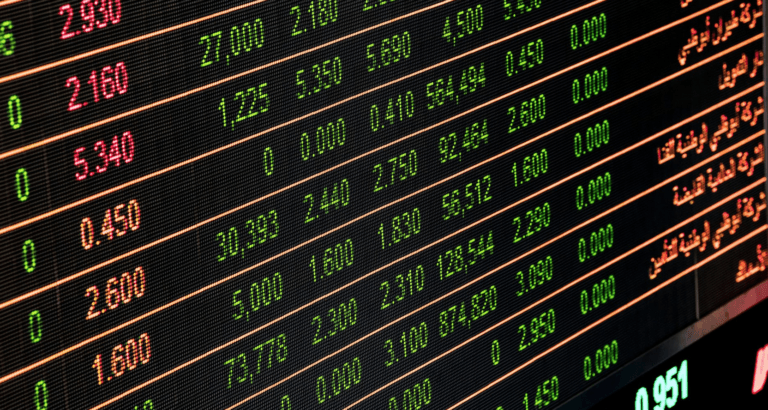In a peer-reviewed study, researchers from Cracow University of Technology and the Polish Academy of Sciences found that bitcoin is slowly growing into a mature market. Using advanced mathematical techniques, they measured bitcoin (BTC) price movements and compared its behavior to legacy markets.
Their findings suggest that although BTC displayed immaturity in its early years, the last two years have shown great strides in BTC becoming a developed market.
“While early trading was affected by system-specific irregularities, it is found that over the months preceding April 2018 all these statistical indicators approach the features hallmarking maturity. This can be taken as an indication that the Bitcoin market, and possibly other cryptocurrencies, carry concrete potential of imminently becoming a regular market.”
The full study, titled “Bitcoin market route to maturity? Evidence from return fluctuations, temporal correlations and multiscaling effects featured” was published in “Chaos: An Interdisciplinary Journal of Nonlinear Science” by the American Institute of Physics (AIP), and can be read online.
Behind The Math
The study, according to the researchers, demonstrates that in recent months the bitcoin market has “become truly indistinguishable from mature markets,” according to the “most important complexity characteristics.
The math behind this study is complicated, but put simply: the researchers used 1-minute price changes since 2012 to measure the following: return distributions, volatility autocorrelation, hurst exponents, and multiscaling effects. They then compared these values to what’s found in mature markets.
If this seems confusing, it’s all explained in the figures below. This first chart shows:

- Logarithm of the Bitcoin price expressed in US Dollar (BTC/USD).
- Exchange volume expressed in terms of number of BTC exchanged per 1-hour bin.
- Exchange volume expressed in terms of USD per 1-hour bin.
- Number of consecutive 1-minute bins with zero returns.
The takeaway here is that as trading volume increased, minutes without trading decreased, indicating that price is more reflective of its actual value.
The next chart shows the Hurst Exponent. The Hurst Exponent “quantifies the relative tendency of a time series either to regress strongly to the mean or to cluster in a direction.” In simpler terms, this means how likely the price is to relate to a trend or stable movement.

Over time, BTC’s Hurst Exponent has been moving closer and closer to 0.5 This is a great sign. As reported in the study, the Hurst Exponent of large forex pairs (like EUR/USD, GBP/USD, and GBP/JPY) have Hurst Exponents of 0.48-0.50.
Next, the researchers sought to model BTC’s price against how a mature market would perform. They designed the following oscillation patterns to model how a bull and bear market should behave in legacy markets. BTC lines up closely with scientists expectations.

To summarize, BTC is maturing. Although the market cap is still nowhere near that of Gold, Stocks, or Forex, BTC’s price movements are evolving, and starting to look more and more like a mature market every day.









